
Ortalis columbiana
Ortalis columbiana,Colombian Chachalaca
The Colombian crested pheasant (Ortalis columbiana) has no subspecies Colomb···
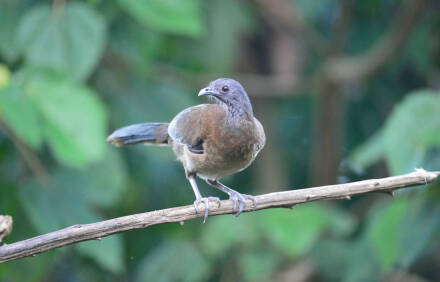
Ortalis cinereiceps
Ortalis cinereiceps,Grey-headed Chachalaca
The crested pheasant is called Ortalis cinereiceps in Latin and Grey-headed ···
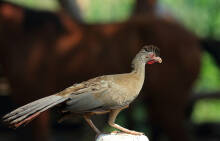
Ortalis canicollis
Ortalis canicollis,Chaco Chachalaca
Ortalis canicollis, or Chaco Chachalaca, feeds mainly on banana fruits, coff···
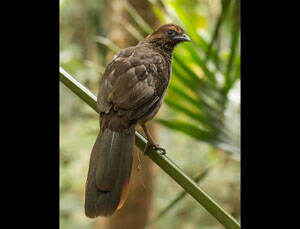
Ortalis araucuan
Ortalis araucuan,East Brazilian Chachalaca
Eastern Brazilian Chachalaca (Ortalis araucuan), no subspecies.The Brazilian···
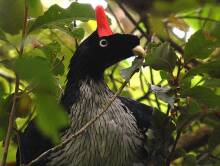
Horned Guan
Horned Guan,Oreophasis derbianus
Some experts believe that the Horned Crested pheasant (Oreophasis derbianus)···
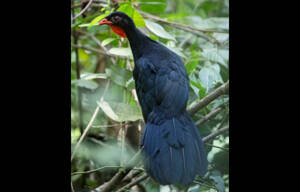
Highland Guan
Highland Guan,Penelopina nigra
Highland Guan (Penelopina nigra), no subspecies.Crested pheasants spend a lo···
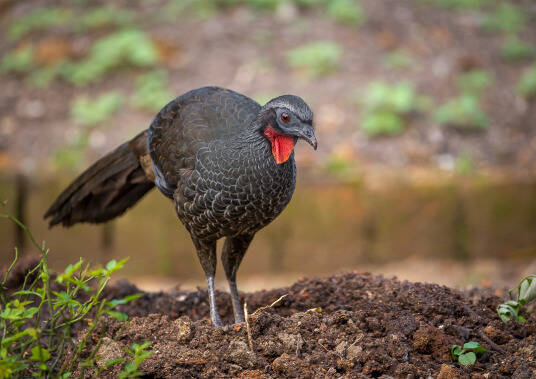
Penelope superciliaris
Penelope superciliaris,Rusty-margined Guan
Its scientific name is Penelope superciliaris, and its foreign name is Rusty···
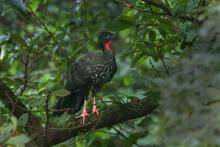
Penelope purpurascens
Penelope purpurascens,Crested Guan
Penelope purpurascens, Crested Guan, likes to live in groups. Most of the ti···
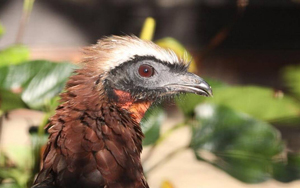
Penelope pileata
Penelope pileata,White-crested Guan
The pheasant's scientific name is Penelope pileata, and its foreign name···
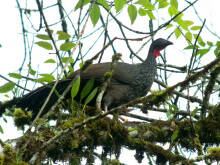
Penelope perspicax
Penelope perspicax,Cauca Guan
The crested pheasant's scientific name is Penelope perspicax, and its fo···
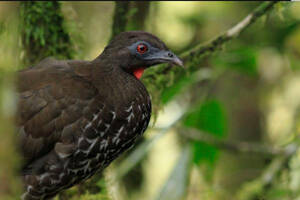
baudo guan
baudo guan,Penelope ortoni
Ancient bronze crested pheasant scientific name Penelope ortoni, foreign nam···

Penelope ochrogaster
Penelope ochrogaster,Chestnut-bellied Guan
Its scientific name is Penelope ochrogaster, and its foreign name is chestne···

Penelope obscura
Penelope obscura,Dusky-legged Guan
The black-legged crested pheasant is known as Penelope obscura or Dusky-legg···
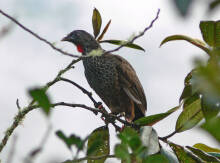
Penelope montagnii
Penelope montagnii,Andean Guan
The Andean crested pheasant is known by its scientific name Penelope montagn···
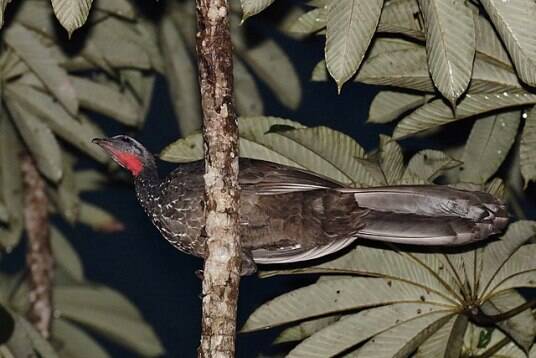
Marail Guan
Marail Guan
The green-backed crested pheasant (Penelopemarais), also known as Marail Gua···
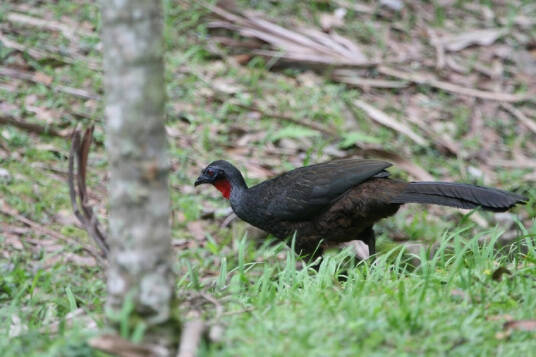
White-browed Guan
White-browed Guan,Penelope jacucaca
It is also known as White-browed Guan or Penelope jacucaca. Likes to live in···
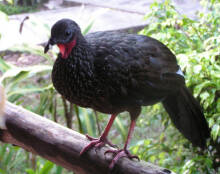
Penelope jacquacu
Penelope jacquacu,Spix's Guan
Spix crested pheasant (scientific name: Penelope jacquacu) There are 4 subsp···
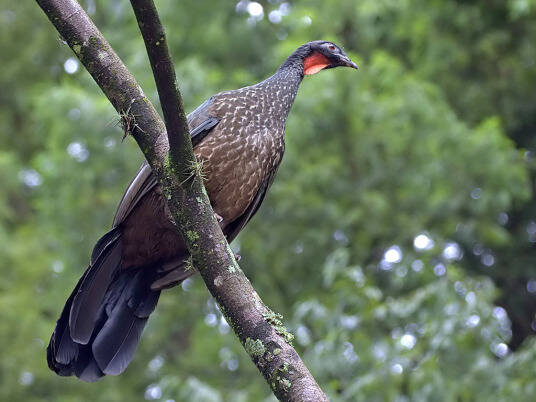
Penelope dabbenei
Penelope dabbenei,Red-faced Guan
The Red-faced crested pheasant (Penelope dabbenei) is a gregarious pheasant.···

Penelope barbata
Penelope barbata,Bearded Guan
The Bearded pheasant, whose scientific name is Penelope barbata, Bearded Gua···
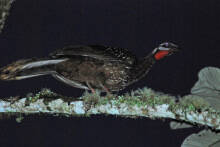
Penelope argyrotis
Penelope argyrotis,Band-tailed Guan
The pheasant's scientific name is Penelope argyrotis, and its foreign na···
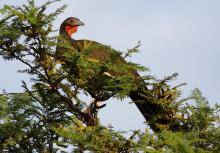
Penelope albipennis
Penelope albipennis
The white-winged crested pheasant (Penelope albipennis), also known as the w···
